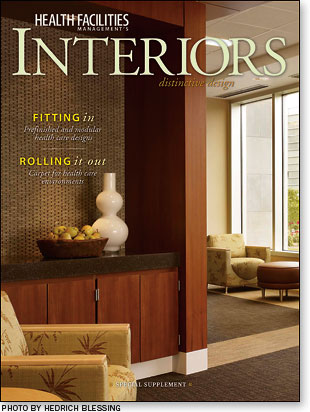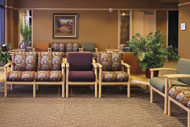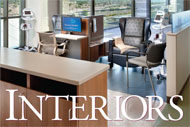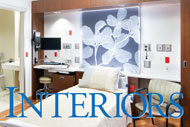Long-Term Beauty
With the nation's economy only now showing signs that it may be awakening from its slumber, and with most hospital executives still trying to decipher precisely what the health care reform bill will mean to their institutions, new construction projects aren't receiving the support they did just a couple of short years ago.
 | Fitting In Rolling it Out |
But that's not stopping institutions from creating more modern, energy-efficient and safer environments. Today, hospitals are focusing more intensely than ever on developing cost-effective, sustainable design solutions to meet their space needs. Likewise, the emphasis is on building dynamic spaces that improve the patient environment.
In this installment of Interiors, we examine a couple of these trends—the increasing popularity of prefinished and modular designs and why many hospitals are using soft-surface flooring to enhance the appearance of health care spaces, reduce noise and possibly decrease injuries from patient falls.
In our first report, beginning on Page 28, we examine some of the many prefinished building products that have a woodlike appearance and feel. This story also explores why modular furnishings allow for renovations to take place with little demolition and construction, enabling quick turnaround times. Finally, you'll learn about some of the latest trends in factory-built spaces.
Our second feature (see Page 32) discusses why health care designers and their clients increasingly view carpet and carpet tile as a long-lasting asset to the patient environment. You'll also see examples of how hospitals have installed these products to achieve their aesthetic and acoustic goals while also enhancing patient safety.
Bob Kehoe
Associate Publisher Health Facilities Management





